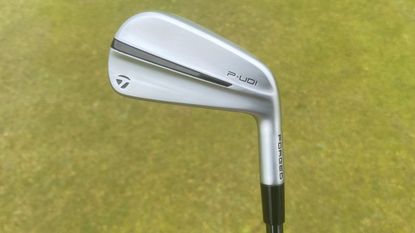Irons
Read up on reviews and ratings for golfing irons from all the biggest names in golf. Find the perfect irons with the experts at Golf Monthly.
Following a number of advancements, the latest Golf Irons offer longer distances through the entire bag, but without the need to sacrifice any forgiveness
Buyer’s Guide Head design Match the head shape to your ball-striking ability. Bigger cavities are forgiving and tend the launch the ball higher (but also tend to have stronger lofts), while compact heads are more workable with less of a focus on distance alone. Get custom fitted There's no industry standard for things like loft and lie, so while one manufacturer's off-the-rack standard spec may be perfect for your swing, another's will not. Make sure you hit some shots on a lie board using sole and impact tape under the supervision of a PGA Pro to ensure your set matches your swing, rather than trying to change your swing to suit your new irons! Offset Offset is the distance between the leading edge and the front of the hosel. Lrger, game improvement irons tend to have more offset as it encourages the golfer to position the hands more forward at address and also gives the clubface a little extra time to rotate around to square at impact, helping those that slice the ball. Forged or cast? The majority of irons on the market are cast and they tend to be larger in size and offer more distance as well as a firmer feel. Forged irons offer a softer feel and greater consistency. They also tend to be more expensive as they are more labour intensive to produce. Steel or graphite? The main difference between steel and graphite shafts is the weight. Graphite shafts are lighter, which can help golfers swing the club faster, but are more expensive and can be less durable than their steel counterparts.
Latest
-

TaylorMade P-DHY Utility Iron Review
We put the new TaylorMade P-DHY utility iron through its paces…
By Joe Ferguson Published
-

MacGregor V-Max Iron Review
Irons tester Joe Ferguson takes a good look at the latest game improvement offering from MacGregor…
By Joe Ferguson Published
-
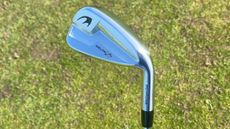
Benross Delta XT Iron Review
Irons expert Joe Ferguson has been testing out the Benross Delta XT iron…
By Joe Ferguson Published
-
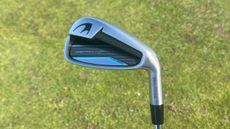
Benross Aero XF Iron Review
Benross is releasing two new irons for 2024 and Joe Ferguson has been looking at the Aero XF iron…
By Joe Ferguson Published
-
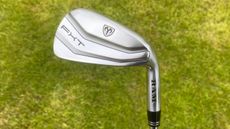
Ram FXT Iron Review
Joe Ferguson takes a look at the new players' distance iron from Ram Golf
By Joe Ferguson Published
-
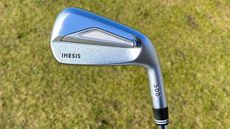
Inesis 500 Iron Review
Irons tester Joe Ferguson takes an in-depth look at the new Inesis 500 irons to see if they represent a viable low-cost option
By Joe Ferguson Published
-
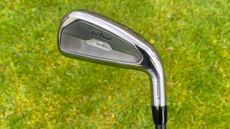
Titleist 2023 U505 Utility Iron review
Irons tester Joe Ferguson wants to know if the Titleist U505 utility iron could help your game…
By Joe Ferguson Published
-
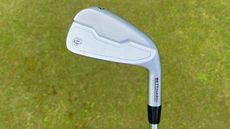
Bettinardi MB24 Iron Review
One of two brand-new iron releases from Bettinardi, Joe Ferguson takes a look at the MB24 model...
By Joe Ferguson Published
-

Bettinardi CB24 Iron Review
Bettinardi has released its first-ever irons to market, and in this review we take a look at the CB24
By Joe Ferguson Published
